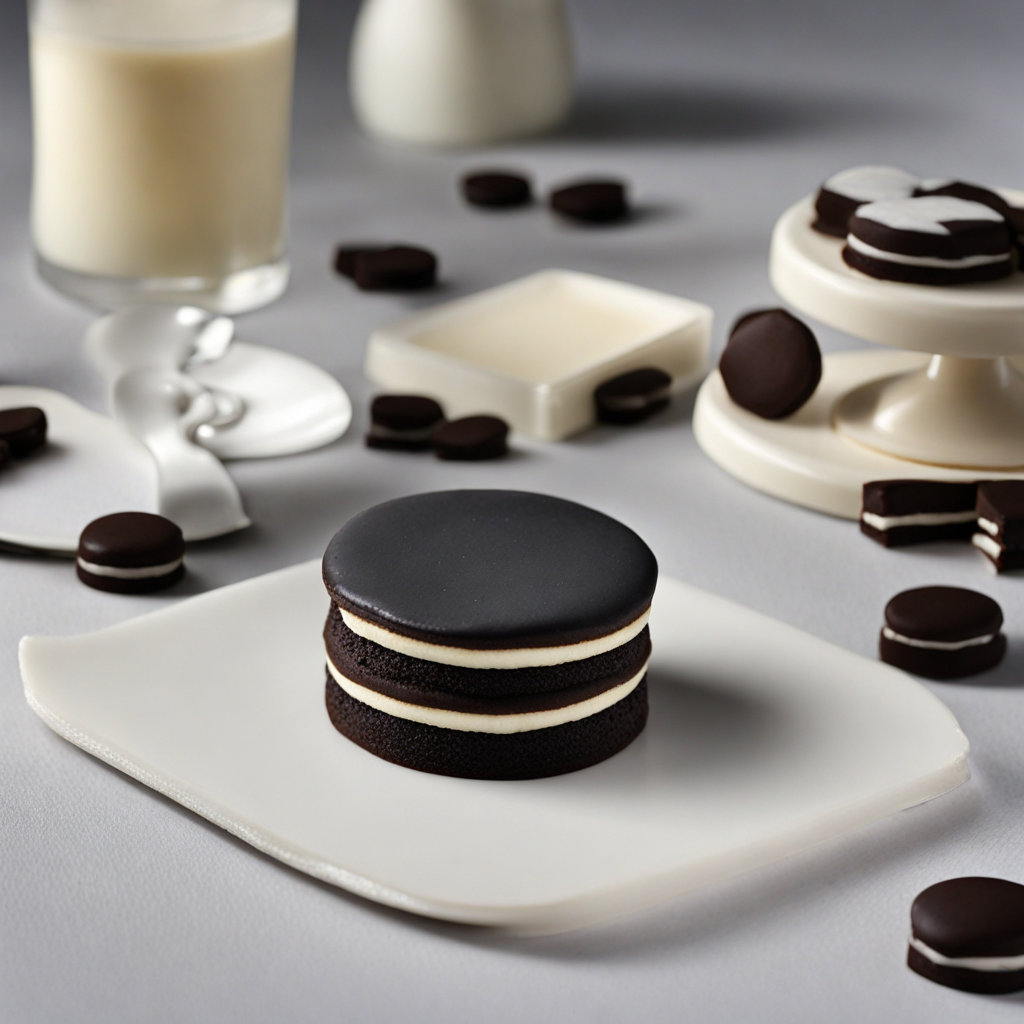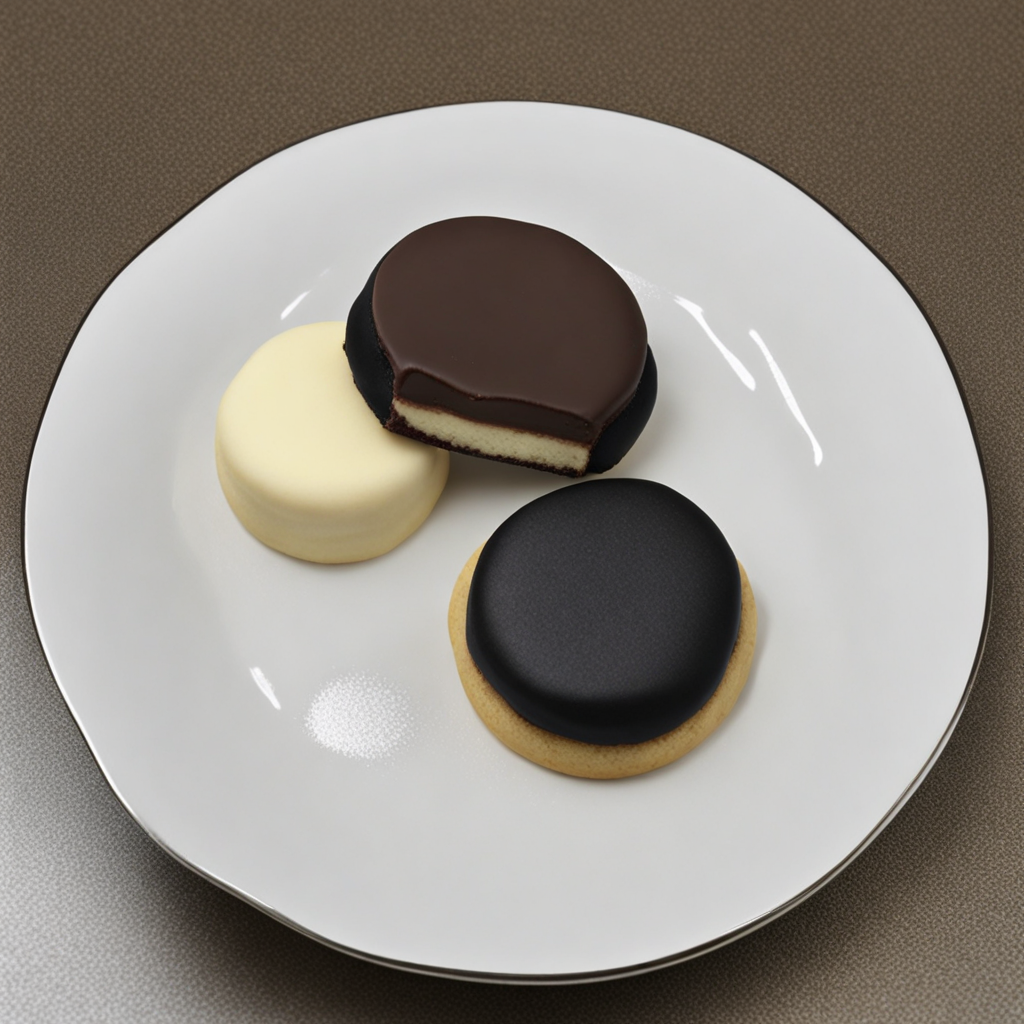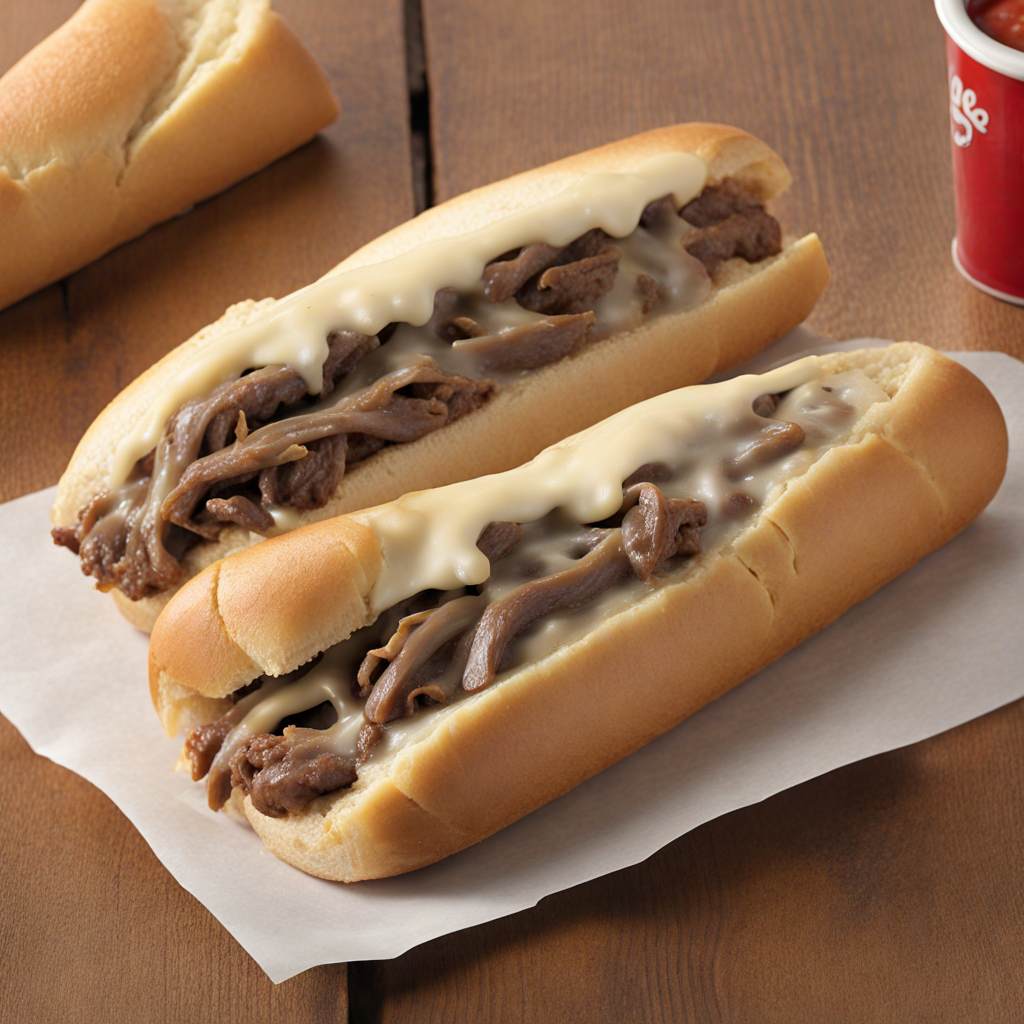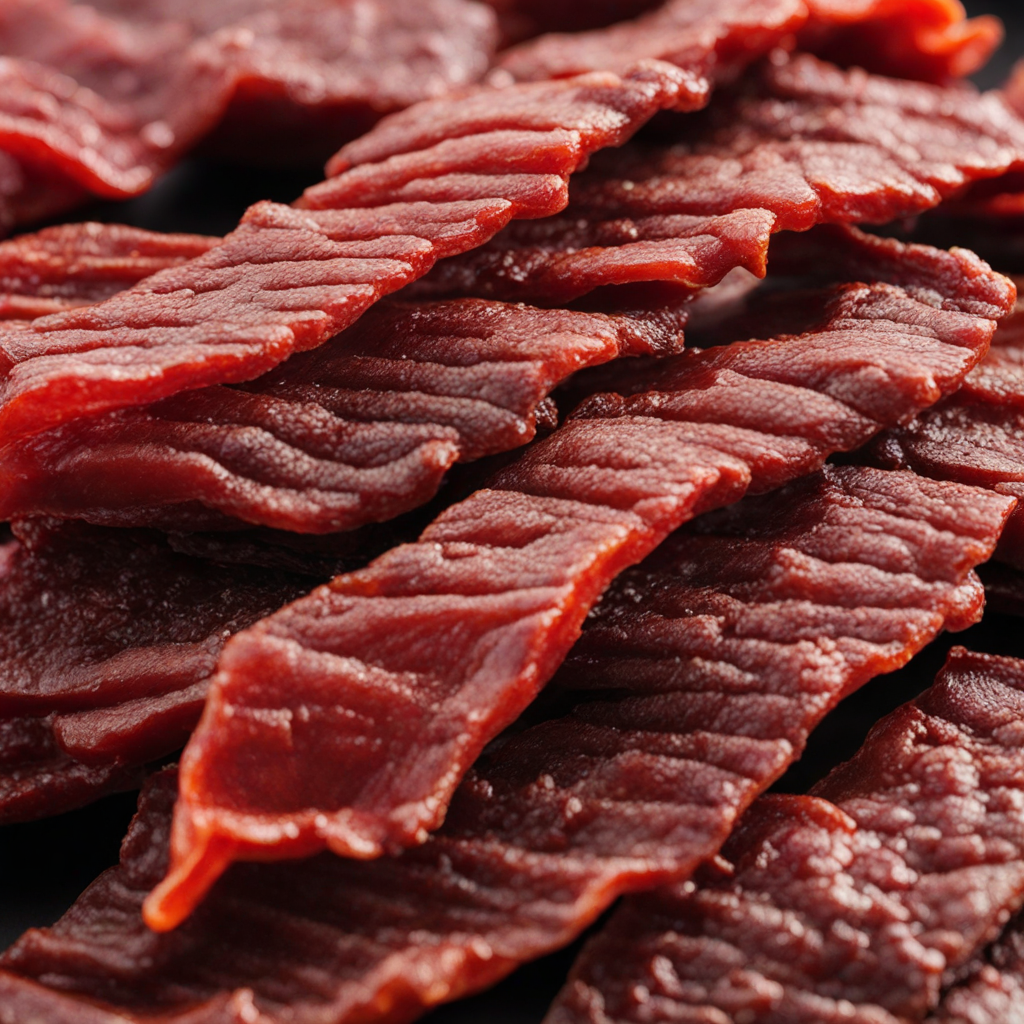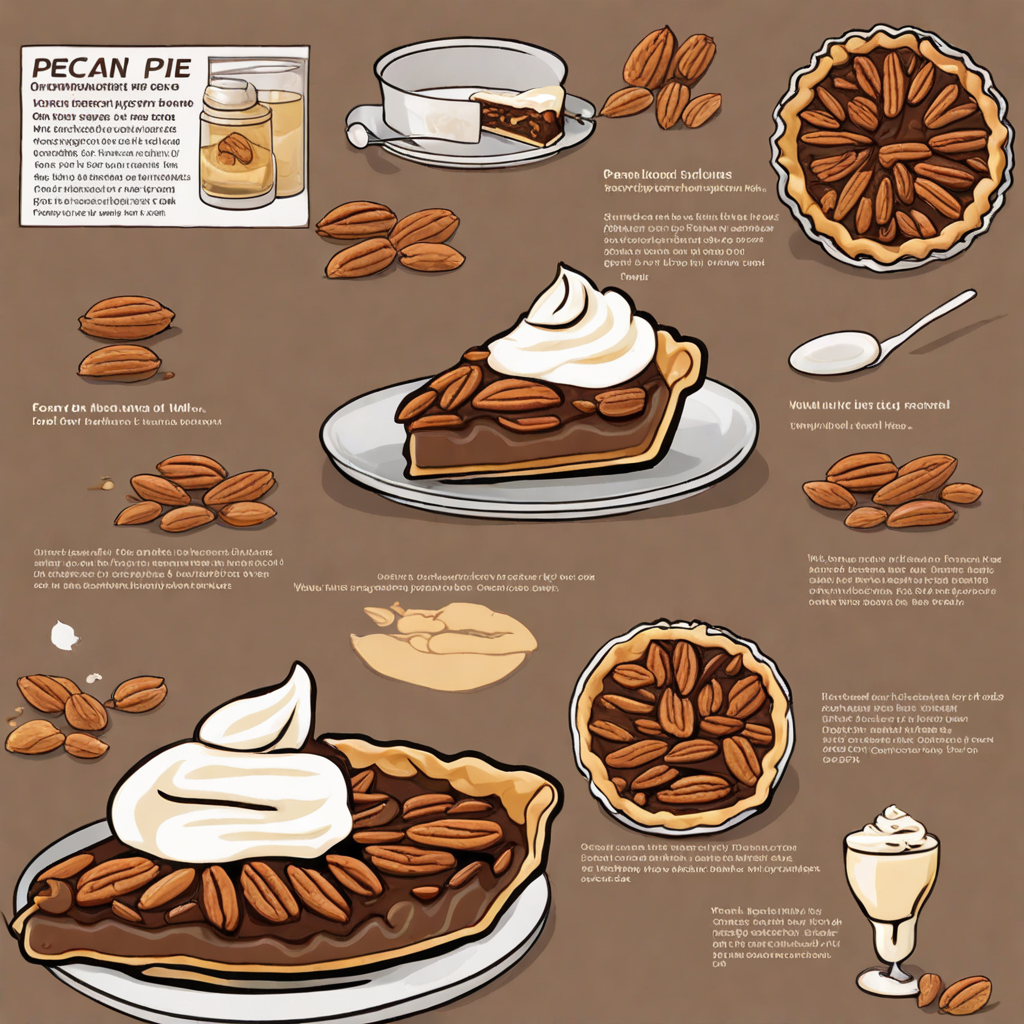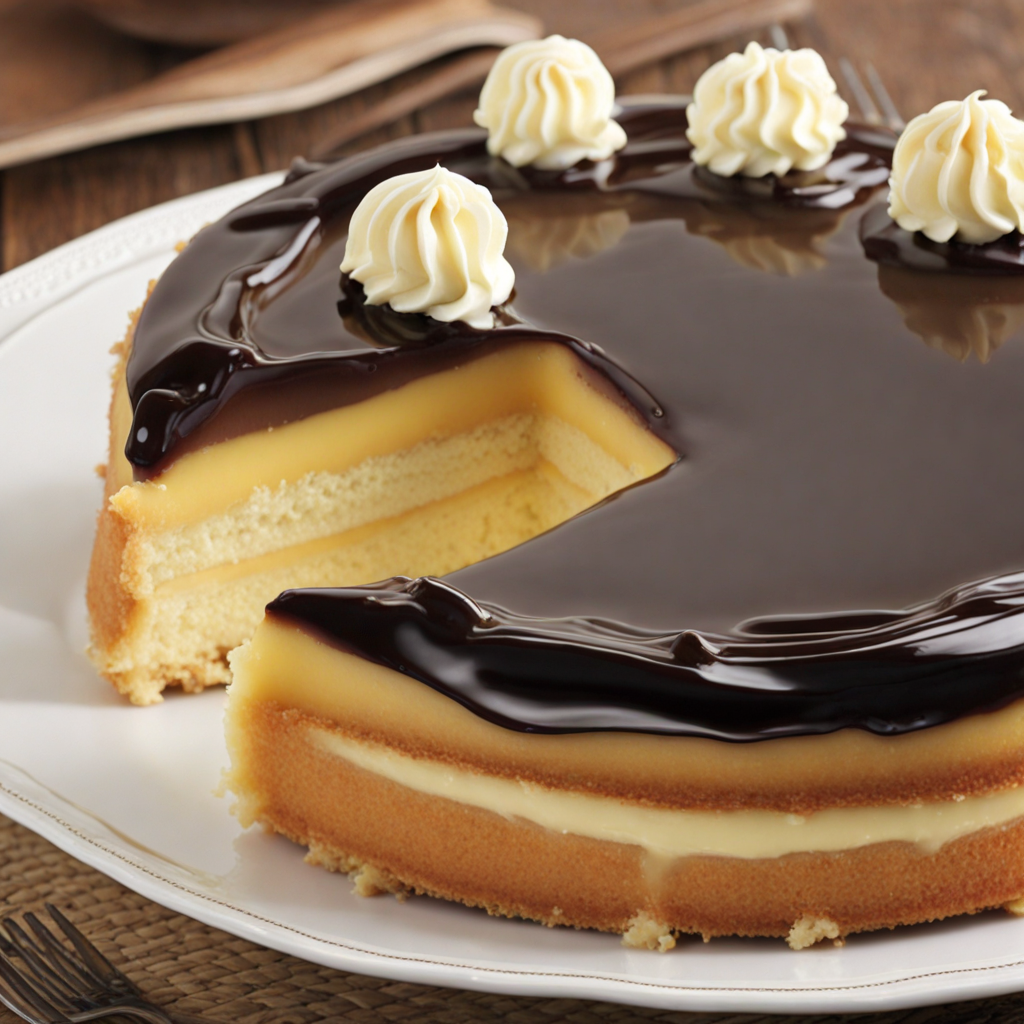Black and White Cookie
The Black and White Cookie is a delightful American treat that captures the essence of indulgence in every bite. This iconic dessert is a thick, cake-like cookie, often measuring about four inches in diameter, with a soft and tender crumb that melts in your mouth. Its unique appeal lies in its duality, as one half is generously coated in smooth, rich chocolate fondant while the other half is topped with a sweet, creamy vanilla glaze. The contrasting flavors and textures create a harmonious balance that is both satisfying and refreshing. Biting into a Black and White Cookie reveals the cookie's moist interior, which is typically flavored with hints of vanilla and almond. This subtle taste enhances the overall experience, allowing the chocolate and vanilla toppings to shine without overpowering the palate. The cookie’s generous size makes it perfect for sharing or enjoying as a personal treat, with each half offering a distinct yet complementary taste. Whether you prefer the rich chocolate side or the sweet vanilla, each bite brings a new flavor experience. Widely associated with New York City, the Black and White Cookie has become a staple in bakeries and delis across the United States. It reflects a certain nostalgia and charm, reminiscent of classic American desserts. The cookie is not only a visual delight but also a versatile treat; it can be enjoyed as a snack, dessert, or even paired with coffee or tea. For those looking to explore new tastes, the Black and White Cookie is an inviting option that invites you to indulge in its simple yet sophisticated flavors.
How It Became This Dish
The Black and White Cookie, a quintessential treat often associated with New York City, is a delightful combination of chocolate and vanilla flavors that has captured the hearts and taste buds of many. Its origins, cultural significance, and development through time reflect not just the evolution of a beloved dessert but also the broader narrative of American culinary history. Origins The Black and White Cookie, also known as the Half Moon Cookie in some regions, is believed to have originated in the late 19th to early 20th centuries. While the exact birthplace remains a topic of debate, many food historians point to New York City as its home. It is thought to have evolved from the classic New England "half-moon" cookie, which was a round, soft cookie often topped with a glaze of fondant. The New York variation introduced the concept of dividing the cookie into two distinct halves, one frosted with chocolate fondant and the other with vanilla, creating a visually striking and deliciously contrasting treat. The cookie's rise in popularity coincided with the influx of European immigrants, particularly those from Germany and Eastern Europe, who brought with them a wealth of baking traditions. The use of fondant and the technique of dipping cookies in icing were customs that found their way into American kitchens. As bakeries sprang up throughout New York City, the Black and White Cookie became a staple in these establishments, often associated with the city's vibrant culinary scene. Cultural Significance The Black and White Cookie is more than just a sweet indulgence; it is a symbol of New York City's multicultural identity. The cookie has become emblematic of the city's diverse neighborhoods, from the bustling streets of Manhattan to the quieter corners of Queens and Brooklyn. It represents the melding of various European baking traditions and the American spirit of innovation, where old-world recipes are adapted to new tastes and preferences. In the 20th century, the Black and White Cookie solidified its place in American culture. It was featured in pop culture, including television shows and movies, further embedding itself in the collective consciousness. For instance, in the iconic television series "Seinfeld," the character Jerry Seinfeld famously enjoyed a Black and White Cookie, which helped to elevate the cookie's status from a local favorite to a nationwide sensation. This kind of media exposure not only popularized the cookie but also contributed to its identity as a quintessential New York snack. Development Over Time As the 20th century progressed, the Black and White Cookie began to evolve in response to changing tastes and food trends. Bakeries adapted their recipes, experimenting with different textures and flavors. While the traditional cookie is soft and cake-like, some variations have emerged, incorporating elements like lemon zest or almond extract to enhance the flavor profile. The frosting, too, has seen variations, with some bakers opting for a more chocolatey ganache or a lighter glaze. In the 1990s and early 2000s, the rise of artisanal baking led to a renaissance of the Black and White Cookie. Bakeries that focused on high-quality ingredients and traditional baking methods began to emerge, elevating the cookie to gourmet status. This movement emphasized the importance of using fresh, locally sourced ingredients, which contributed to a new appreciation for the Black and White Cookie as not just a nostalgic treat but a thoughtfully crafted dessert. Moreover, the cookie's role in the broader context of American snacks also reflects the changing dynamics of food culture. As the culinary landscape shifted towards healthier eating habits, some bakers began to experiment with lighter versions of the Black and White Cookie. These adaptations often involved reducing sugar, incorporating whole grains, or using alternative sweeteners. While purists may argue that such changes stray too far from the original, these innovations demonstrate the cookie's adaptability and enduring appeal. The Black and White Cookie Today Today, the Black and White Cookie remains a staple of New York City bakeries, with shops like Glaser's Bake Shop, William Greenberg Desserts, and the iconic Junior's serving their own interpretations of the classic treat. Each bakery adds its unique touch, whether it's a thicker layer of fondant or a slightly different cookie texture. The cookie has also found its way into the national consciousness as a beloved dessert, often featured in coffee shops and bakeries across the United States. In recent years, the rise of social media has further popularized the Black and White Cookie. Instagram and TikTok have allowed bakers and food enthusiasts to share visually stunning images and recipes, inspiring a new generation of home bakers to try their hand at making these iconic cookies. The cookie's distinctive appearance—half black, half white—makes it particularly photogenic, contributing to its status as a must-try dessert. Furthermore, as the world becomes more interconnected, the Black and White Cookie has gained international attention. Bakeries outside the United States have begun to experiment with the cookie, incorporating local flavors and ingredients while still honoring its New York roots. This globalization of the Black and White Cookie reflects the ongoing evolution of food culture, where traditional recipes are continuously reinterpreted and celebrated in new contexts. Conclusion The Black and White Cookie is not just a delicious treat; it is a testament to the rich tapestry of American culinary history. From its humble beginnings in New York City to its current status as a beloved dessert across the nation and beyond, the cookie embodies the spirit of innovation and adaptation. It serves as a reminder of the cultural intersections that define food, celebrating both tradition and modernity. As we savor a bite of this iconic cookie, we partake in a story that spans generations, reflecting the diverse influences that shape our culinary landscape. Whether enjoyed at a local bakery, made at home, or featured in a trendy café, the Black and White Cookie continues to bring joy and nostalgia, standing as a sweet symbol of New York City's enduring culinary legacy.
You may like
Discover local flavors from United States


